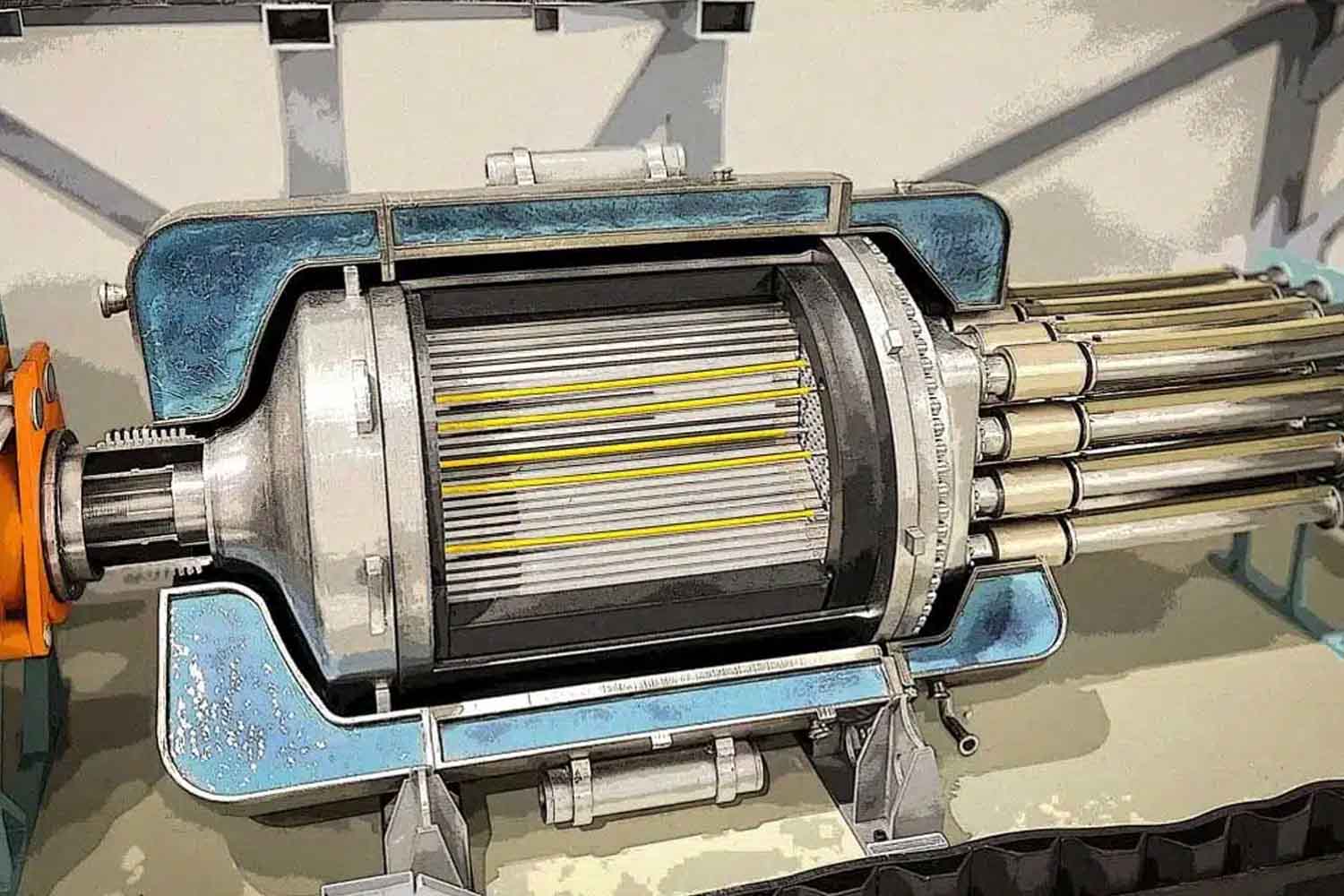A compact U.S.-developed nuclear reactor, Pele, promises three years of continuous power without refueling, aiming for both military and civilian applications in remote or extreme locations.

©BWXT
Imagine a nuclear reactor no larger than four shipping containers, capable of producing power safely and continuously for three years—without a single refuel. Its name is Pele, and it’s the latest project from Virginia-based BWX Technologies, commissioned directly by the U.S. Department of Defense. The mission is ambitious: deliver power anywhere, even to the most remote or hostile corners of the planet.
Originally conceived to supply electricity to U.S. military bases, the reactor is already under construction, with testing set to begin in 2028. Compact, efficient, mobile, and safe—Pele could mark the first step toward a new generation of more flexible, stable, and cleaner energy solutions.
How the Pele microreactor works
The prototype now in development will be able to generate 1.5 megawatts of electrical power—enough to run critical infrastructure or sustain a small community. But Pele’s real strength is its endurance: it can operate for up to three years without any refueling, ensuring continuous, reliable power in situations where interruptions can be catastrophic—think natural disasters or remote outposts.
Its fuel, known as TRISO, is a highly advanced form of low-enriched uranium, sealed inside tiny, ultra-resistant spheres. TRISO can withstand temperatures of up to 2,912°F (1,600°C), which means no risk of a core meltdown even in severe malfunction scenarios. It’s considered one of the safest nuclear fuels available today—stable, non-explosive, and more sustainable than traditional nuclear materials.
Industrial partnerships and potential civilian uses
Pele is built on a network of strategic partnerships. Rolls-Royce LibertyWorks is developing the module that converts the reactor’s heat into electricity, while Northrop Grumman is responsible for the control systems.
Though designed with military operations in mind, Pele’s potential goes far beyond defense. It could serve civilian purposes too—powering research stations in polar environments, supplying energy for humanitarian missions in disaster zones, or supporting communities far from traditional grids. Its compact form allows fast transport and deployment where conventional power plants would be impossible to build.
The concept of a microreactor isn’t entirely new. It borrows heavily from space technology, where energy must be generated reliably in tight quarters with no external intervention. Other companies are working on similar solutions. One example is Radiant Nuclear, a U.S. startup founded by a former SpaceX engineer, whose “Kaleidos” reactor was originally intended for Mars colonies but is now being explored for Earth-based applications.
Why microreactors could matter
The appeal is obvious: continuous, localized power generation without sprawling infrastructure, complex electrical grids, or fossil fuels. Of course, significant questions remain—about cost, long-term safety, and environmental impact—but the notion of a more manageable, safer, and adaptable nuclear energy is moving from theory to reality.
Source: bwxt.com
